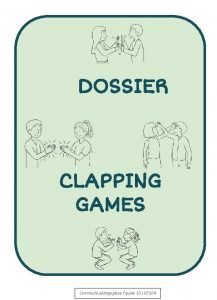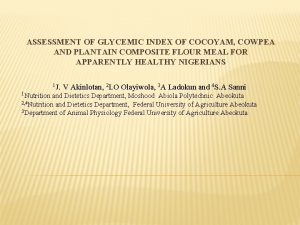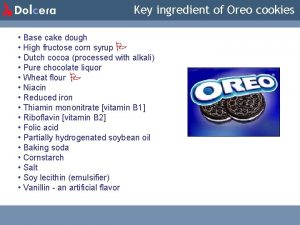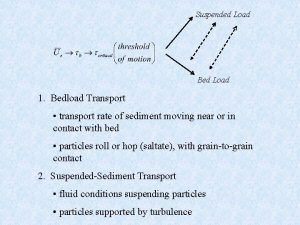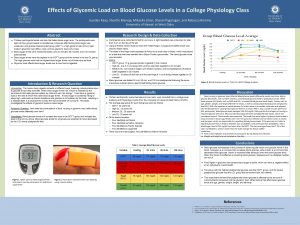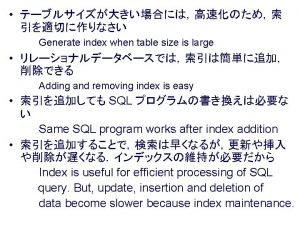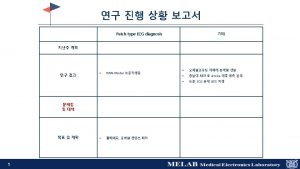Glycemic Index Glycemic Load Going for the 3













- Slides: 13

Glycemic Index & Glycemic Load Going for the 3 Increases: Increase in Health, Increase in Happiness & Increase in Energy Strategies for Success in Weight Management By: James J. Messina, Ph. D.

Gylcemic Index – GI A GI value tells you only how rapidly a particular carbohydrate turns into sugar l Not all carbohydrates act the same l Some are quickly broken down in the intestine, causing the blood sugar level to rise rapidly l Such carbohydrates have a high glycemic index (GI). l

Gylcemic Load - GL Tells you how much of that carbohydrate is in a serving of a particular food l You need to know both the GI Gylcemic Index and the GL Gylcemic Load understand a food’s effect on blood sugar l Calculating GL allows researchers to better relate carbohydrate intake to its health effects l

How to Calculate GL GL is amount of carbohydrate in serving of food multiplied by that food’s GI l Glycemic load of a food is calculated by multiplying glycemic index times the carbohydrate content of food divided by 50 g. (GI x CHO content of food / 50 g) l A 12 cup serving of carrots (which has 8 grams of carbohydrate) has a glycemic load of about 10 (8 * 131%, or 1. 31 = 10. 48). l

Comparison of GL and GI GI of a baked potato is 121% (assuming white bread is the standard reference food) l This has earned the potato, which is largely carbohydrate, a place on the “avoid” list in publications and on Web sites promoting the GI approach to food choices l

Comparison of GL and GI GI of carrots is high: 131%. But this unfavorable GI rating is based on the blood-sugar effect of eating 50 grams of carbohydrate from carrots — the amount contained in 1 ½ pounds — which few people would consume in one sitting l A serving of carrots doesn’t have much carbohydrate, so its impact on blood sugar is much less than that of a serving of potato l

Comparison of GL and GI Avoiding carrots because of their GI ranking would be a big mistake, particularly given all the vitamins and minerals they contain and the low GL of each serving l The GI of potatoes, on the other hand, is not a misleading measure because potatoes are carbohydrate-dense. Their GL is also fairly high l

Research tells us to lower GL in diet In American Journal of Clinical Nutrition (March 2001), Nurses’ Health Study researchers used blood samples & foodfrequency questionnaire l Used GL measures to assess the impact of carbohydrate consumption on 280 postmenopausal women l

Research tells us to lower GL in diet High-GL diets (and, by extension, high GI foods and greater total carbohydrate intake), correlated with lower HDL concentrations and higher triglyceride levels, a marker for heart disease l Strongest association was in overweight women, i. e. , those whose body mass index (BMI) was over 25. Increased risk started, on average, at a daily GL of 161 l

How to use the GL in your food plans Knowing a food’s GL can help you make comparisons that can improve the quality of your carbohydrate choices l Good idea to replace processed and refined-grain carbohydrates, such as those found in many snacks and desserts, with fruits & non-starchy vegetables l

How to use the GL in your food plans Substitute: l whole grain bread for white bread l wild rice for white rice l beans or lentils for potatoes l Recognize that fruits & non-starchy vegetables as well as whole grains & beans, are rich in nutrients & contain fiber, which slows digestion & moderates blood sugar levels


Online References on GI & GL l l http: //www. ajcn. org/cgi/content/abstract/71/6/1 455 http: //archinte. amaassn. org/issues/v 161 n 4/abs/ioi 00112. html http: //www. glycemicindex. com/ http: //www. mendosa. com/gi. htm
